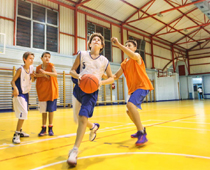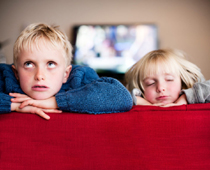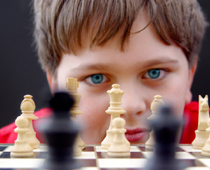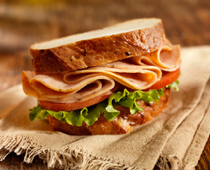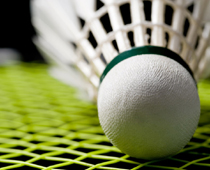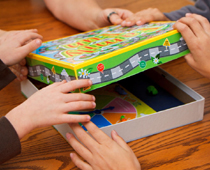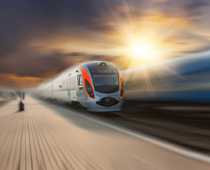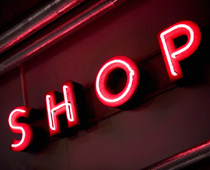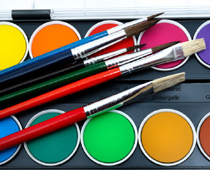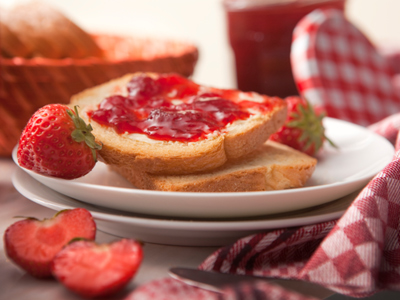
Connectives / Conjunctions 01
Let's dive into a cool KS2 English quiz all about connectives and conjunctions! These are like magical words that join ideas together, making sentences smooth. Imagine if we only used simple sentences – it would be like talking in short bursts!
For example, instead of saying, 'I like toast. I really like toast with butter. I really like toast with honey. I don't like cold toast,' we can say, 'I like toast, especially with butter and honey, but I don't like it when it's cold.' Conjunctions, like 'especially', 'and', 'but', and 'when', make our writing exciting! Take the quiz and spot these magic words!
Are Quizzes the Key to Children's Success? Find OutWe thought the cave was too dark to explore. The dog, however, had other ideas.
Ready for more?
not all...
quizzers. Try to win a coveted spot on our Hall of Fame Page.





